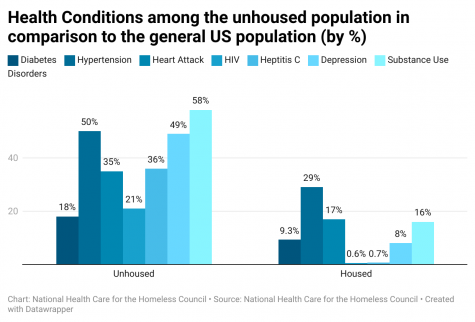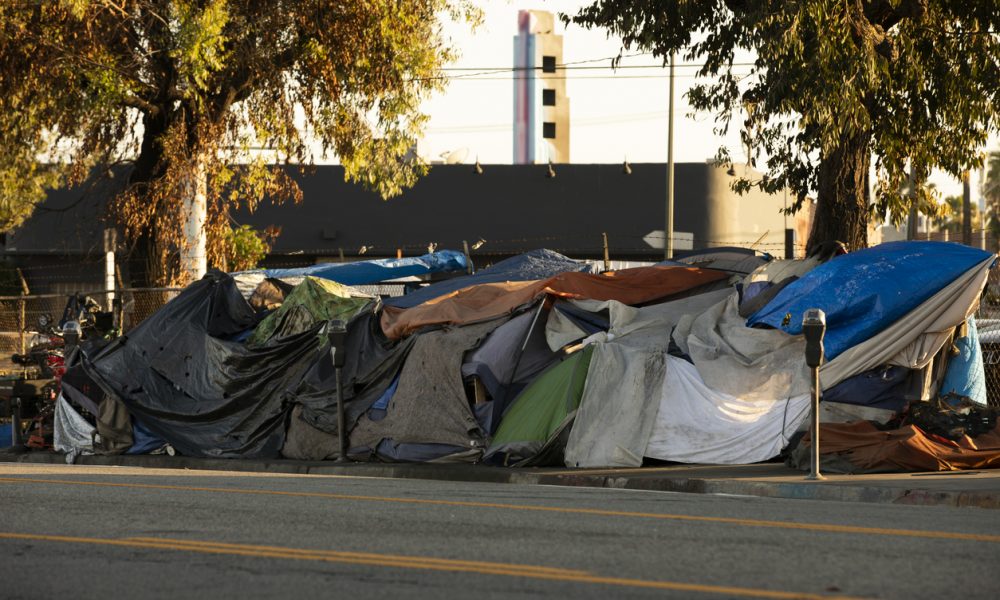Homelessness is cycling back as a hot topic in California. Recently, a 68-year-old jogger from Garden Grave was charged with voluntary manslaughter for shooting and killing a 40-year-old unhoused man on the sidewalk.
The jogger, Craig Sumner Elliott, recorded himself shooting Antonio Garcia Avalos. Avalos had thrown a shoe at Elliott, which led to Elliott firing three times at Avalos; later, Avalos would die from these injuries.
This situation should present a concern for unhoused individuals. If an avoidable tragedy like this can happen, how do we go about preventing or reducing the possibility of it?
According to the Department of Housing and Urban Development, there were around 582,000 unhoused individuals in the United States as of 2022. In California, it is estimated there are 171,500 people experiencing homelessness.
California has been dealing with an uptick in individuals becoming unhoused. Since 2022, the amount of unhoused individuals has risen by 6% while the rest of the United States has only seen a 0.4% increase.
These numbers reflect a rising issue that only appears to be becoming more apparent. More and more people no longer have houses. Why?
Often, people are unhoused due to economic reasons. Unemployment and reduced work hours are the driving forces for many people. However, issues such as mental illness or an unwillingness to burden family are prevalent as reasons.
The lack of support to keep a roof over these individuals does lead to dangerous side effects. People without homes are at a higher risk than ordinary citizens for health problems.

Transmittable diseases such as HIV and Hepatitis C are more common among unhoused communities and substance abuse disorders are significantly higher.
Many mental health risks can directly be tied to unhoused people. Newly unhoused individuals can develop mental health problems for the first time, which can worsen other problems.
The situation presents a large obstacle and something must be done to prevent any of these outcomes. So is anything being done in California to challenge the rising tide of unhoused people?
Governor Newsom announced on October 10, 2023, that $300 million will be used toward removing encampments across the state. These grants should be used toward helping these individuals with housing.
However, only half of this money will directly go to cities. The California Department of Transportation will use the other half. It’s not a true victory but it can be viewed as a step in the right direction.
The solution should be humanizing the unhoused and people need to understand the many situations that can lead people toward unhoused people.
Giving people an idea of what it’s like, how it can harm someone and the solutions can benefit people who are struggling and show people the importance of this issue.
The death of Avalos should be concerning to everyone. There is a divide between those who have homes and those who are unhoused that needs to be mended by presenting the entire situation.
Helping unhoused individuals recover and providing resources to help in that endeavor can help avoid another tragedy like Avalos.




